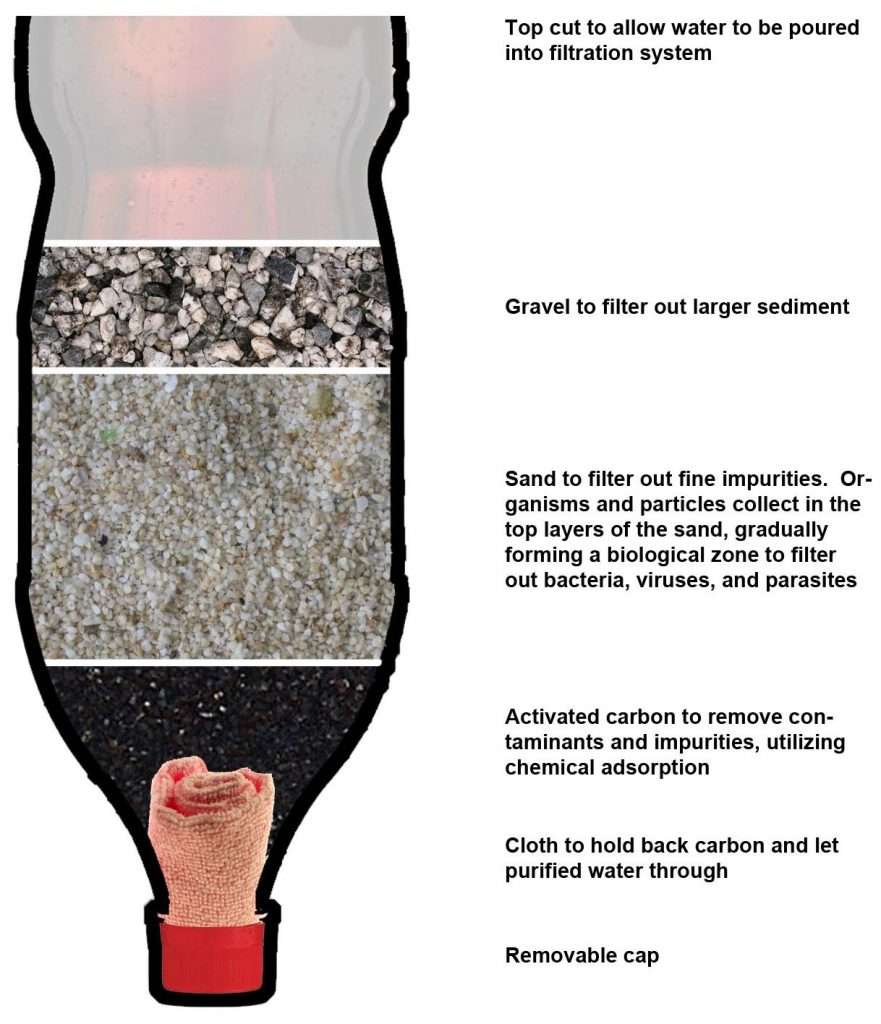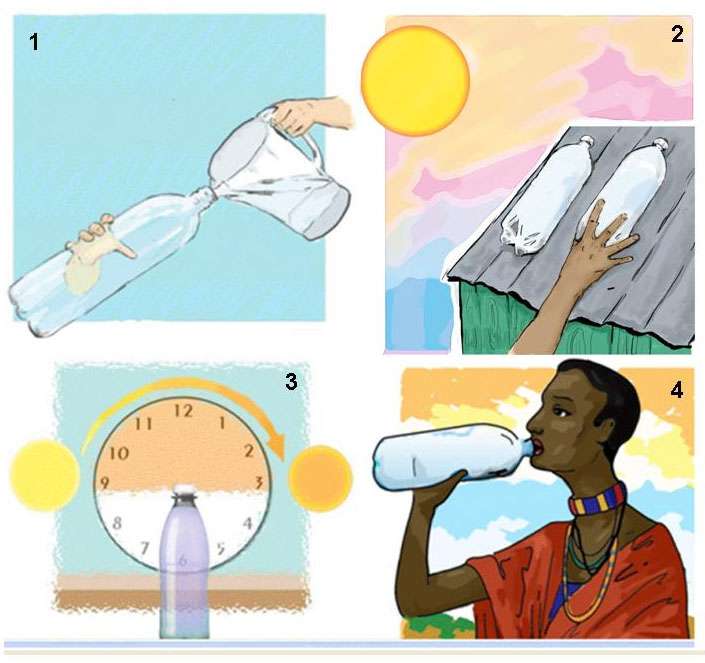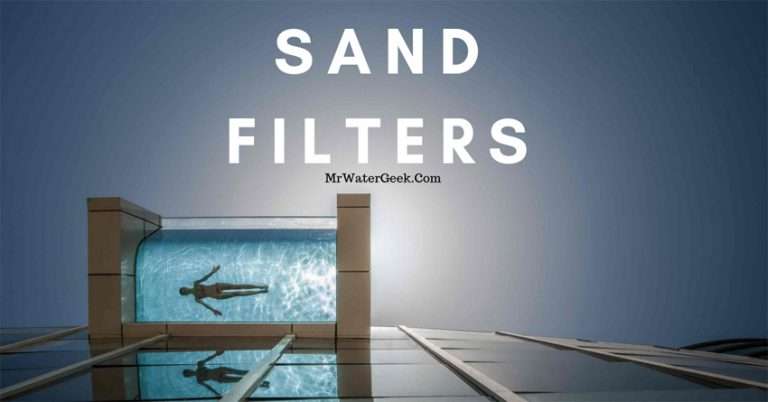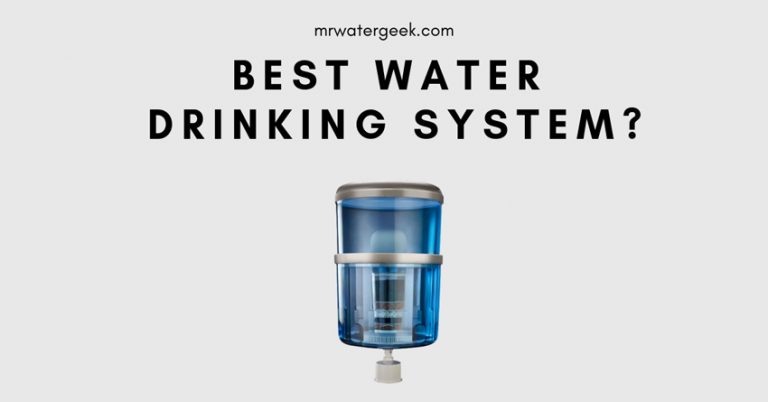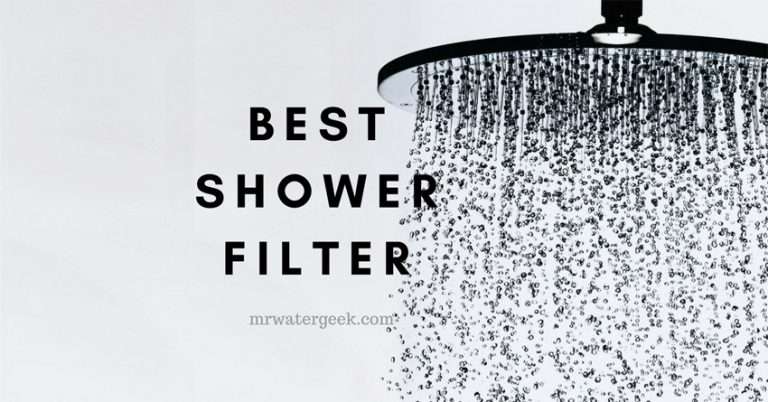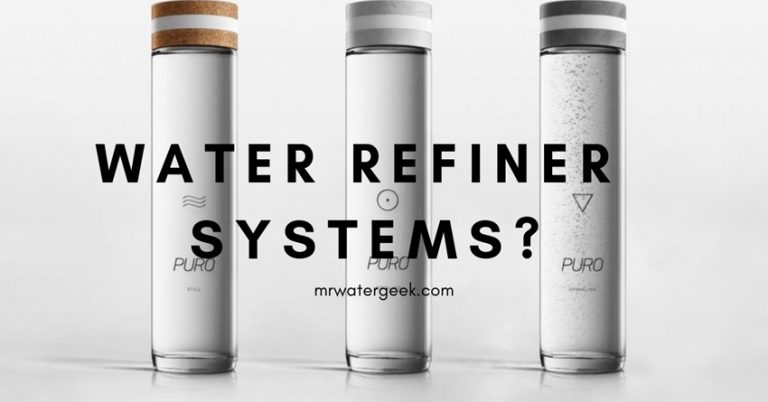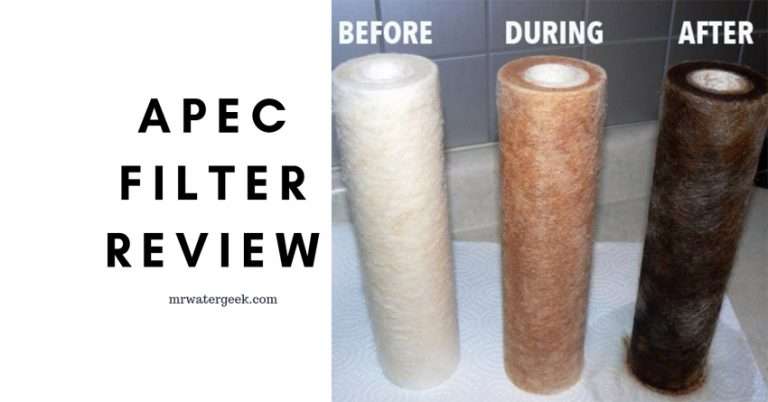DIY Water Filter: 5 Easy Ways And Why They’re All BAD
How to Make a Homemade DIY Water Filter
There are many different ways to make a homemade DIY water filter but this article will only highlight a few. The only common thing with all of them is that they are easy to do and include materials you can easily find at home. The following sections outline some of the easiest ways to build and create your very own homemade water filter:
- Bio-Filter method.
- Improvised Charcoal DIY Water Filter Method.
- Water Filter via A Stove Top Distiller.
- DIY Solar Water Disinfection (SODIS) Water Filter Method.
- Boil Your Water To Filter.
1. Bio-Filter
A bio-filter is just as the name suggests; a filter made from natural biological materials.
Making a bio-filter as a homemade filter works by using 3 simple layers of filtration. The layers include gravel, sand and activated charcoal – in that order.
Each layer is designed to remove both particles and impurities. And is streamlined to filter water starting with the biggest filter materials (e.g. gravel) down to the finer particles and then the final purification with activated charcoal.
In order to make a homemade bio filter you will need:
- Sand.
- Gravel.
- Activated charcoal or activated carbon.
- A container that works like a funnel e.g. an empty water bottle with a hole in the cap.
Here’s How To Make A DIY Bio-Filter
1. Cut the bottom off a large water bottle or get a container that is in the shape of a funnel. And then turn this container upside down.
2. Now cut a large hole in the top of the container, it has to be big enough to pour all the materials that will filter your water.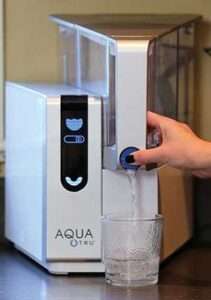
3. Start with the bottom layer which is activated charcoal, then sand and gravel at the top. The gravel should be pebble-like rocks in order to act as a filter for things like particles and debris. For instance, sticks, leaves and maybe even small insects.
Activated charcoal is one of the most effective ways to purify water and remove impurities. It is also good at filtering out harmful pathogens as well as chemicals that might be present in the water.
4. The next layer is the sand one, which is going to filter the smaller debris missed by the gravel layer.
5. Remember that there aren’t any hard and fast rules to setting these up and you can improvise slightly so long as the core materials are used. The core materials being gravel, sand, activated charcoal and a container to filter through this.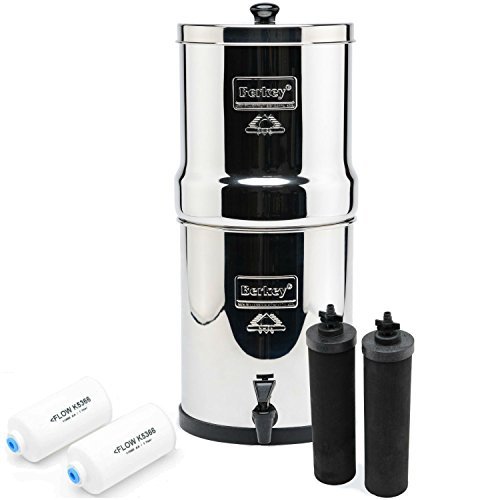
Don’t forget to have a cup or basin underneath to catch all the clean filtered water.
One Major Problem With The Homemade DIY Bio-Filter Method…
Charcoal is nothing more than burnt wood but comes “activated charcoal” by having the oxygen removed through a process of oxidation and/or processing by steam.
However, the issue is how exactly do you do all this by yourself? For this DIY bio filter to work you must have activated charcoal but this is not something that you typically have lying around. So unless you always carry a batch of activated charcoal with you, this method might not be one that you can always rely on.
2. Improvised Charcoal DIY Water Filter Method
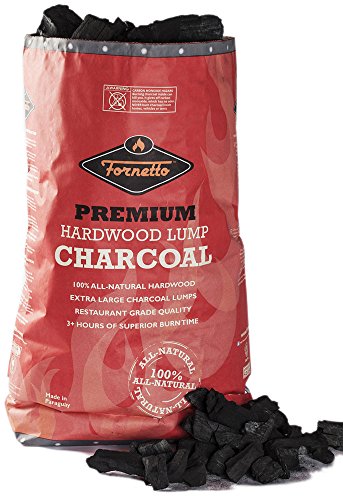
This is very similar to the bio filter in that you can use improvised materials that are relatively easy to find. However, this improvised charcoal filter is slightly different because it doesn’t need or use gravel. Instead you will need:
- A clean piece of cloth.
- Large plastic bottles.
- Sand.
- Charcoal.
This is essentially the bio-filter without gravel. But the best part is that it also solves the main issue the bio-filter has because you don’t need activated charcoal. Instead of activated charcoal you will use good-old charcoal i.e. burnt wood.
This is one of the best options if you’re outdoors and really do need to improvise with what is actually going to be available to you.
However, just like the bio-filter, you’ll need extra layers before the charcoal to remove the larger impurities before the water gets to the charcoal. Make sure the charcoal is crushed into small granular pieces. The charcoal is the main point of purification in this DIY water filter.
One Major Problem With The Improvised Charcoal DIY Filter Method…
The main issue to consider is that unlike water filtered with a bio-filter the improvised charcoal filter provides you with cloudy water.
The cloudy filtered water it produces is NOT ready for drinking. You MUST boil it first.
3. DIY Water Filter Via A Stove Top Distiller
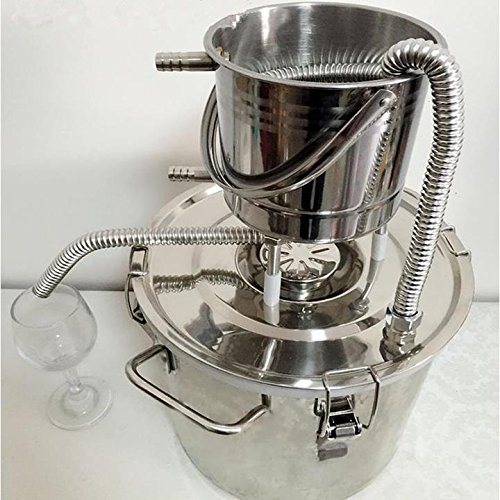
Knowing how to do a stove top distillation without any fancy equipment might one day come in handy. It is ideal if you have a baby and want to provide them with the purest clean water. Distilling the water means you remove everything from the water. The only things left behind are H and O, nothing else.
Although this is a little but complicated, this method is capable of extracting the most harmful bacteria and pollutants from water. It is also your filter of choice if the only type of water you have is from a swamp.
4. DIY Solar Water Disinfection (SODIS) Water Filter Method
As the name suggests, this is using energy from the sun to filter your water. It is ideal when you’re in a situation where there is lots of sunlight.
You will need:
- A spot that is consistently in the path of direct sunlight
- A water container e.g. a plastic bottle
This is a great alternative to the other methods mentioned in this post so far. Solar Water Disinfection (SODIS) is also relatively easier and less complicated than the other methods because the sun does all the work for you.
How To Do Use The Sun To Filter Water
1. Put the water you want to filter into the direct path of sunlight.
2. Leave the water for at least 2 hours before checking it to make sure the source is clear.
3. You now need to leave the water out for up to 2 days if the it still looks like cloudy liquid.
 One Major Problem With Using Solar Power To Filter Your Water…
One Major Problem With Using Solar Power To Filter Your Water…
By far the biggest downside of the Solar Water Disinfection (SODIS) method is the amount of time it will take to work. This could be days depending on the water source.
Also bear in mind that the final filtered water might not be completely pure and you may want to still boil it afterwards.
5. Boil Your Water To Filter.
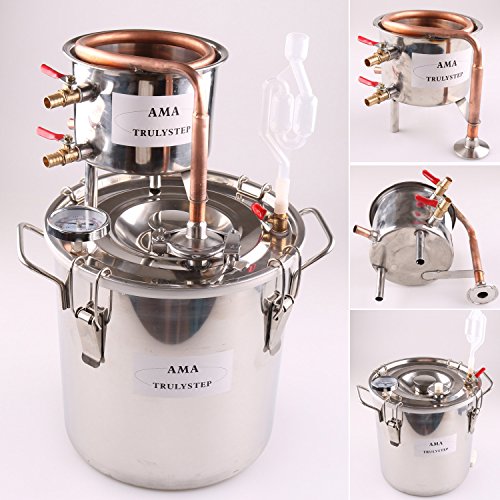
This is still perhaps the most simple, effective yet most overlooked form of water purification.
The main thing to consider when boiling is the amount of water you need to boil and how long to leave it for. It stands to reason that a larger pot of water needs a larger fire.
But the best thing about boiling water is we all know what water that is boiling looks like. However, it is important that you remember to sustain the boiling temperature for 3 minutes.
Major Problems With Boiling Water To Filter Your Water…
Boiling water does not remove very toxic substances like liquid contamination. This method also doesn’t remove particles or debris so you will need to pre-filter these out.
DIY water filtration by boiling water is ideal if the water is already pretty clean and contaminant free but you just want to be sure.
 SAD FACT: Here is Why You Must NEVER Use a DIY Water Filter…
SAD FACT: Here is Why You Must NEVER Use a DIY Water Filter…
If the quality of the water is a big issue then you must use discretion and consider adding extra precautions. None of these homemade DIY filter methods come with any sort of guarantee. Nor is there any guarantee that these methods will protect you against harmful bacteria and pathogens.
Don’t Make An Unreliable DIY Water Filter, Get A Dependable One
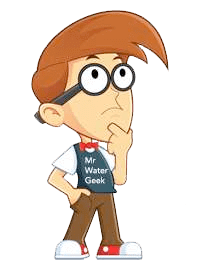 In the end, there are many methods that you can use to filter your water by yourself without any fancy machines or chemicals.
In the end, there are many methods that you can use to filter your water by yourself without any fancy machines or chemicals.
But the truth is that they all have issues and don’t provide any guarantees.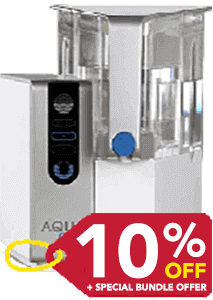
Meanwhile even the cheapest and most basic water filter jug will tell you when your water is filtered and safe to drink.
Of all the DIY filter methods, boiling is one of the easiest and most effective but it still has its drawbacks.
For instance, boiling water is not effective against mild to heavily contaminated water.![]()
If you really take water cleanliness seriously then your best bet is to have a water filter device to hand.
There are so many portable water filter options on the market that a small investment today means you’re covered for any eventuality.
It Converts CocaCola Into Clean Drinking Water
AquaTru Water Filter | Berkey Water Filter |
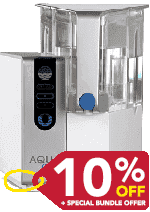 | 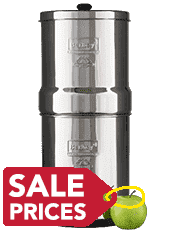 |
| - Arsenic: Approx 90% (unspecified). - Fluoride by 91.8% (WITHOUT extra filters). - Lead 97.5% - Benzene 99.9% - Chlorine 96.6% - Cysts 99.99% | - Arsenic by 99.9% (special filters required). - Fluoride by 99.9% (special filters required). - Lead 97.5% - Benzene 99.8% |
| Available in 1-size only. | Available in various sizes. |
| Plastic materials. | Metal & plastic materials. |
| Number of filters: 3 | Number of filters: 2 - 4 |
| Filter methods: Mechanical, Reverse Osmosis & Activated Carbon filters. | Filter methods: Black microporous-filters & white fluoride Filters |
| 4-stage filter process. | 2-stage filter process. |
| Holds a maximum water capacity of 3-quarts. | 2.25 Gallons |
| 45.7 x 45.7 x 38.1 cm | 19" High x 8.5" Diameter |
| System: 1 year limited warranty. | Filters: 2 years; System: 1 year. |
| Full Performance Data Sheet (AquaTru). | Berkey Contaminants List NSF/ANSI test results |
| SPECIAL OFFER? Yes, use code MRWATERGEEK  | SPECIAL OFFER? Yes, Big Berkey bundle sale |
 | |
Scientific References
American Public Health Association (APHA) Standard Methods of Water and Wastewater. 18th ed. American Public Health Association, American Water Works Association, Water Environment Federation publication. APHA; Washington D.C: 1992.
Huisman L, Wood WE. Slow Sand Filtration. WHO; Geneva, Switzerland: 1974. pp. 31–34
Wotton, R. S. (2002). Water purification using sand. Hydrobiologia, 469 (1-3), 193-201.
Elliott MA, Stauber CE, Koksal F, et al. Reductions of E. coli, echovirus type 12 and bacteriophages in an intermittently operated household-scale slow sand filter. Water Res. 2008;42
Logsdon, G. S., Kohne, R., Abel, S., & Labonde, S. (2002). Slow sand filtration for small water systems. Journal of Environmental Engineering and Science, 1(5), 339-348
Fewster E, Mol A, Wiessent-Brandsma C. The Bio-sand Filter. Long term sustainability: userhabits and technical performance evaluated; Presentation given at the 2003 International Symposium on Household Technologies for Safe Water; 16–17 June, 2004; Nairobi, Kenya.
Rooklidge, S. J., Burns, E. R., & Bolte, J. P. (2005). Modeling antimicrobial contaminant removal in slow sand filtration. Water Research, 39(2), 331-339
Image Diagram References (in order of appearance)
Bio-filter diagram – https://s-media-cache-ak0.pinimg.com/736x/a8/57/21/a85721fc9a02087f03df8ae460fa8024.jpg
Solar Water Disinfection (SODIS) Diagram -http://pi.rcsi.ie/ResearchDB/fckeditor/userfiles/rsz_sodis_africa.jpg

